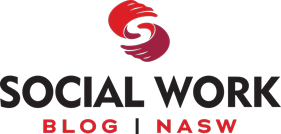Linear Regression Analysis: Assumptions and Applications, (NASW Press, 2015) by John P. Hoffmann and Kevin Shafer, provides a straightforward introduction to a commonly used statistical model to make sense of data with multiple continuous dependent variables.
Using a relatively simple approach that has been proven through several years of classroom use, this text will allow students with little mathematical background to understand and apply the most commonly used quantitative regression model in a wide variety of research settings. Instructors will find that its well-written and engaging style, numerous examples, and chapter exercises will provide essential material that will complement classroom work.
Linear Regression Analysis can also be used as a self-teaching guide by researchers who require general guidance or specific advice regarding regression models, by policymakers who are tasked with interpreting and applying research findings that are derived from regression models, and by those who need a quick reference or a handy guide to linear regression analysis.
Social work and other and behavioral sciences students and researchers need to have a suite of research tools to conduct studies. As the authors write:
As a social worker, you will likely encounter data frequently — standardized assessment scores, research studies, and new information as you obtain continuing education units. Understanding statistics, or at least speaking intelligently about them, is practically mandatory for well-educated people and good social workers.
Regression analysis is a popular tool that is used in numerous studies to examine statistical relationships among variables. Yet there are few books that offer straightforward and easy-to-follow instruction regarding this type of analysis. Most books rely too much on mathematical and symbolic representations of regression analysis.
Students and researchers will find that this book offers an accessible approach to understanding linear regression analysis.




